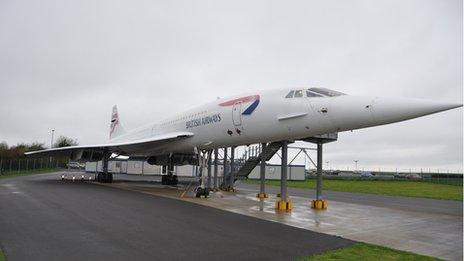Work begins on Concorde's final Bristol home
- Published
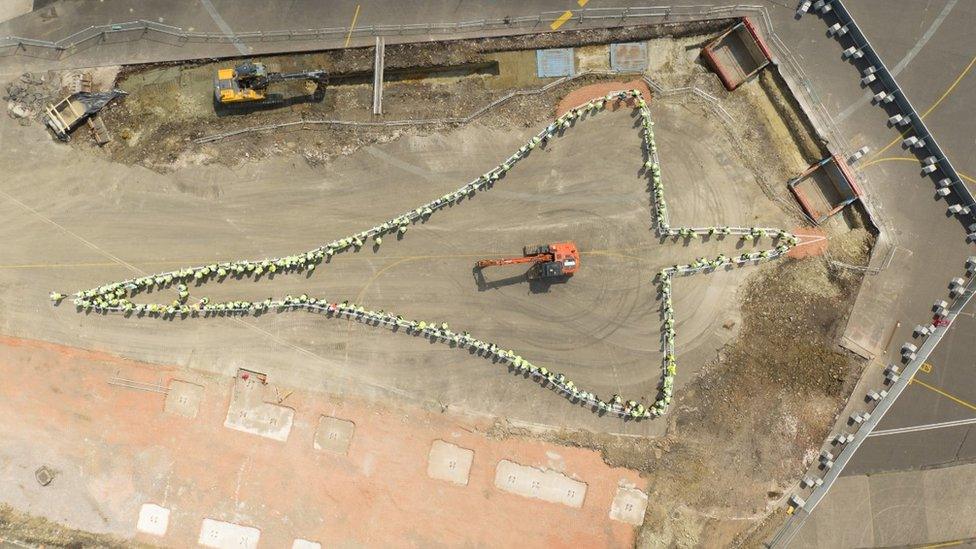
VIP guests, volunteers and contractors outlined the shape of Concorde on the new hangar's site
Work has begun on a permanent home for the last Concorde to take to the skies.
The jet has been parked on a runway in Filton since its farewell flight over its home city of Bristol in 2003.
Pilot Les Brodie, who flew her for the final time in 2003, said now everybody would be able to see the "wonder of Concorde".
Concorde 216 will be the centrepiece of the new Bristol Aerospace Centre, which will also explore the development of aviation.
The £16m museum will be built around a listed WW1 hangar and will include a purpose-built exhibition hall for the jet.
'Massive building'
Project director Lloyd Burnell said the building being built to house Concorde would be completed in about March 2017.
He said it was "great to see diggers on site" and added the main steelwork structure would start being constructed in a month to six weeks' time.
"It's about 90 metres long, about 40 metres wide and about 16 to 20 metres high, so it's a really massive building to contain Concorde," he said.
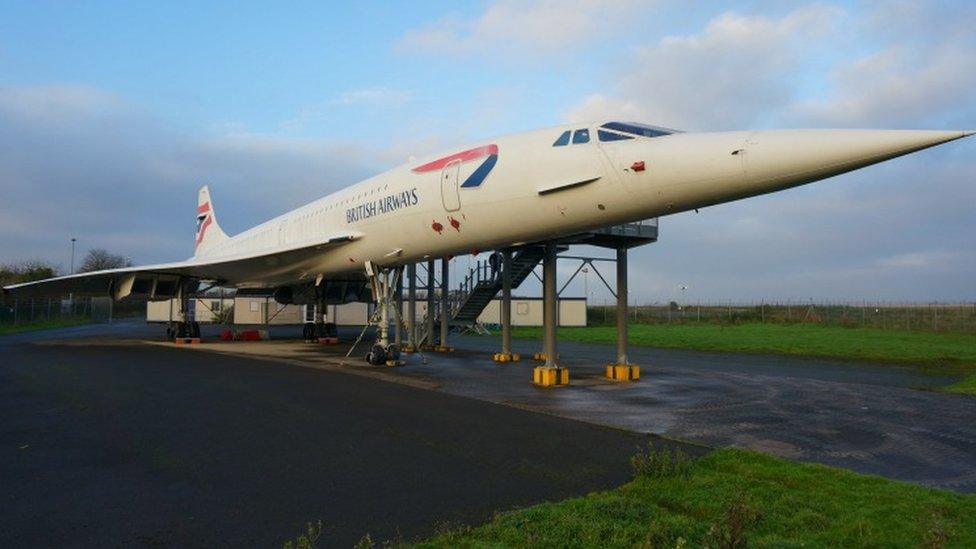
Concorde 216 was the last of the supersonic jets to fly
Les Brodie, who flew Concorde 216 into Filton for the final time in 2003, said it was a "big day".
He said: "It's going to be wonderful to see the aeroplane under cover eventually next year. It's been sat out all these years, since November 26th 2003 when we landed here.
"It's good now to know that it'll be under cover and accessible to the public as well. Now people can come and see the wonder of the Concorde.
"It's a unique means of transport and it hasn't been followed since in all these years."
- Published26 November 2015
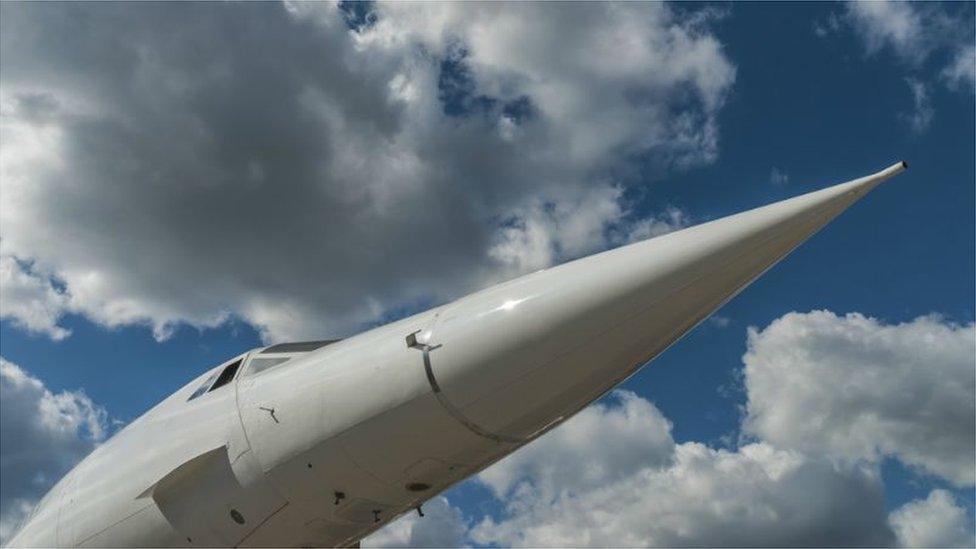
- Published21 January 2016
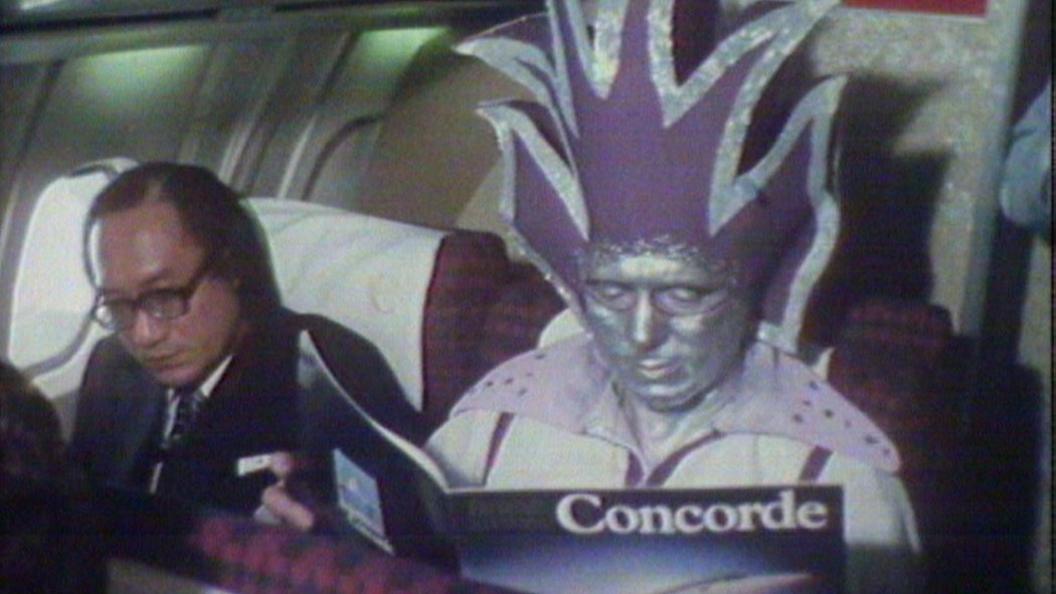
- Published21 July 2015
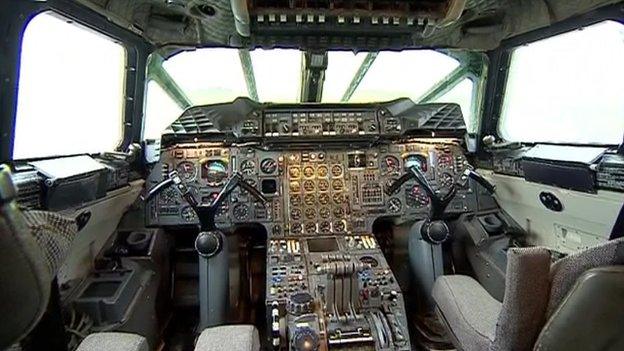
- Published28 May 2013
